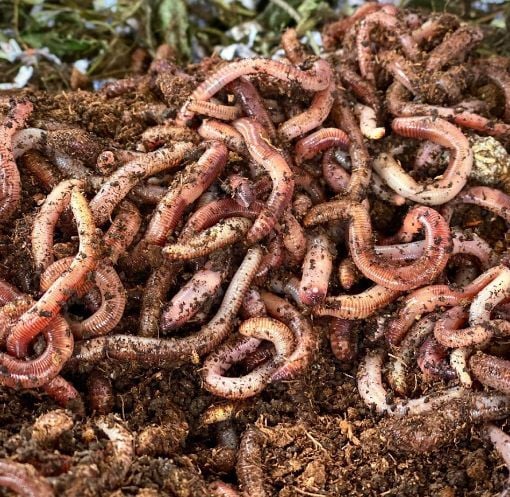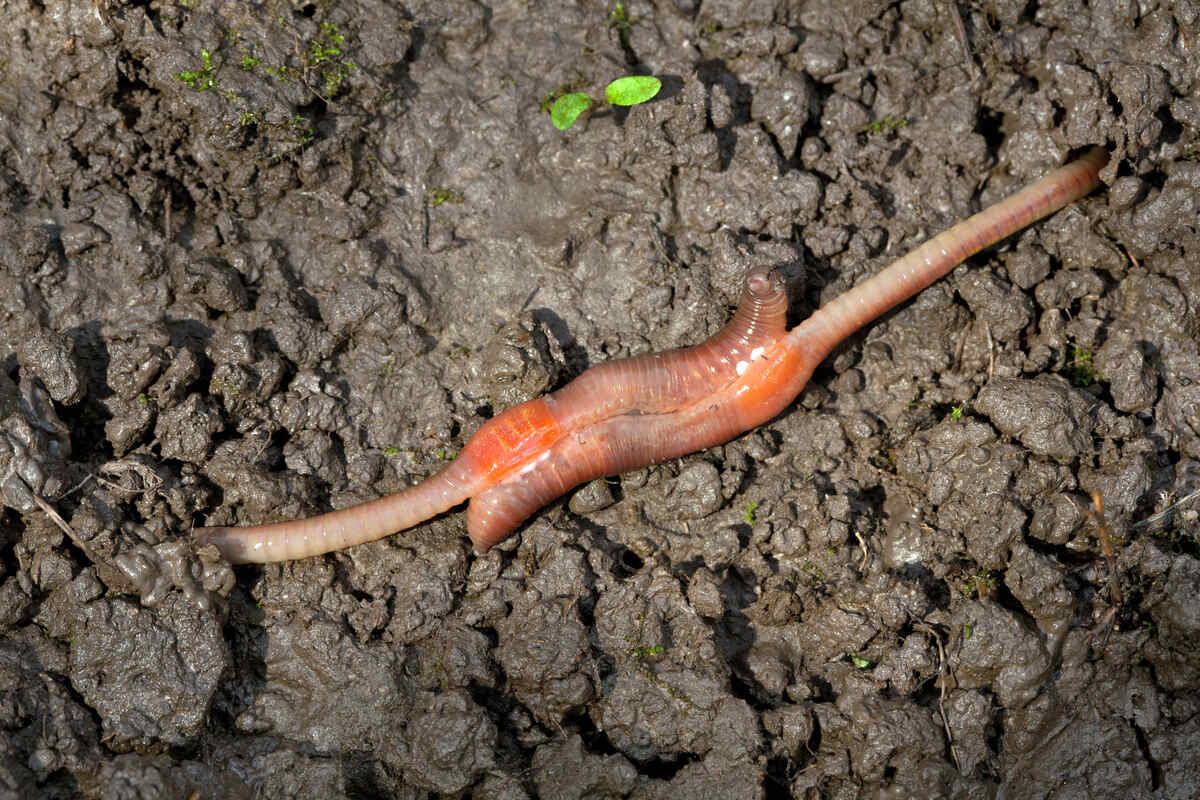These sleek, shiny lizards are fascinating creatures, and their diets are equally interesting, reflecting their adaptability and predatory instincts.
The Varied Diet of Skinks: Insects, Fruits, and More
Skinks are opportunistic feeders, and their diets can vary significantly depending on their species and the environment they inhabit. In the wild, skinks are primarily insectivorous, meaning they eat a variety of insects which form the core of their diet. However, many skink species do not limit themselves to insects alone.
Insectivores at Heart: The Insect Diet
In the realm of insects, skinks are not picky. They consume a wide array of insects, including:
- Beetles
- Grasshoppers
- Crickets
- Caterpillars
- Spiders
- Centipedes
The swift and agile nature of skinks allows them to be excellent hunters, able to catch these quick-moving invertebrates with precision and speed. This diet is rich in protein and other nutrients necessary for their growth, shedding (ecdysis), and overall health.
Beyond Bugs: Fruits and Vegetables
Some skink species will also partake in fruits and vegetables. This is more common among skinks that live in environments where plant matter is readily available and insects might be seasonal. Some of the plant-based foods that skinks enjoy include:
- Soft fruits like berries
- Tender leaves
- Flowers
Fruits and vegetables not only provide hydration but also offer a range of vitamins and minerals that can be beneficial for skinks, particularly captive ones that need a varied diet to mimic the wide range of nutrients they would receive in the wild.
In Captivity: A Controlled Diet for Skinks
For skink owners, it’s crucial to replicate a natural diet as closely as possible to keep their pet healthy. A captive skink’s diet usually consists of:
- Live feeder insects like crickets or mealworms, which can be dusted with a calcium supplement to ensure proper bone health.
- Pre-prepared reptile food that’s been formulated to meet the nutritional needs of skinks.
- A small amount of chopped fruits and vegetables to add variety and additional nutrients to their diet.
Feeding Habits: Frequency and Quantity
Skinks, especially younger and more active ones, typically require feeding every day due to their fast metabolism. Adult skinks may be fed less frequently, with some species doing well on an every-other-day feeding schedule. Portion size and frequency really depend on the species, age, and health condition of the skink.
The Key to a Healthy Skink: Diet Variation
A varied diet is the key to a healthy skink. By providing a mix of insects, fruits, and vegetables, owners can ensure that skinks receive all the necessary nutrients for a balanced diet. It’s always advisable to research the specific dietary needs of the skink species you are interested in or own since their requirements can differ.
In conclusion, what skinks eat is a testament to their adaptable nature. From the vast array of insects to the occasional fruit treat, skinks thrive on a diverse diet that fuels their active lifestyles. Whether you’re observing these creatures in the wild or caring for one at home, understanding their dietary needs is essential for their well-being and conservation.








